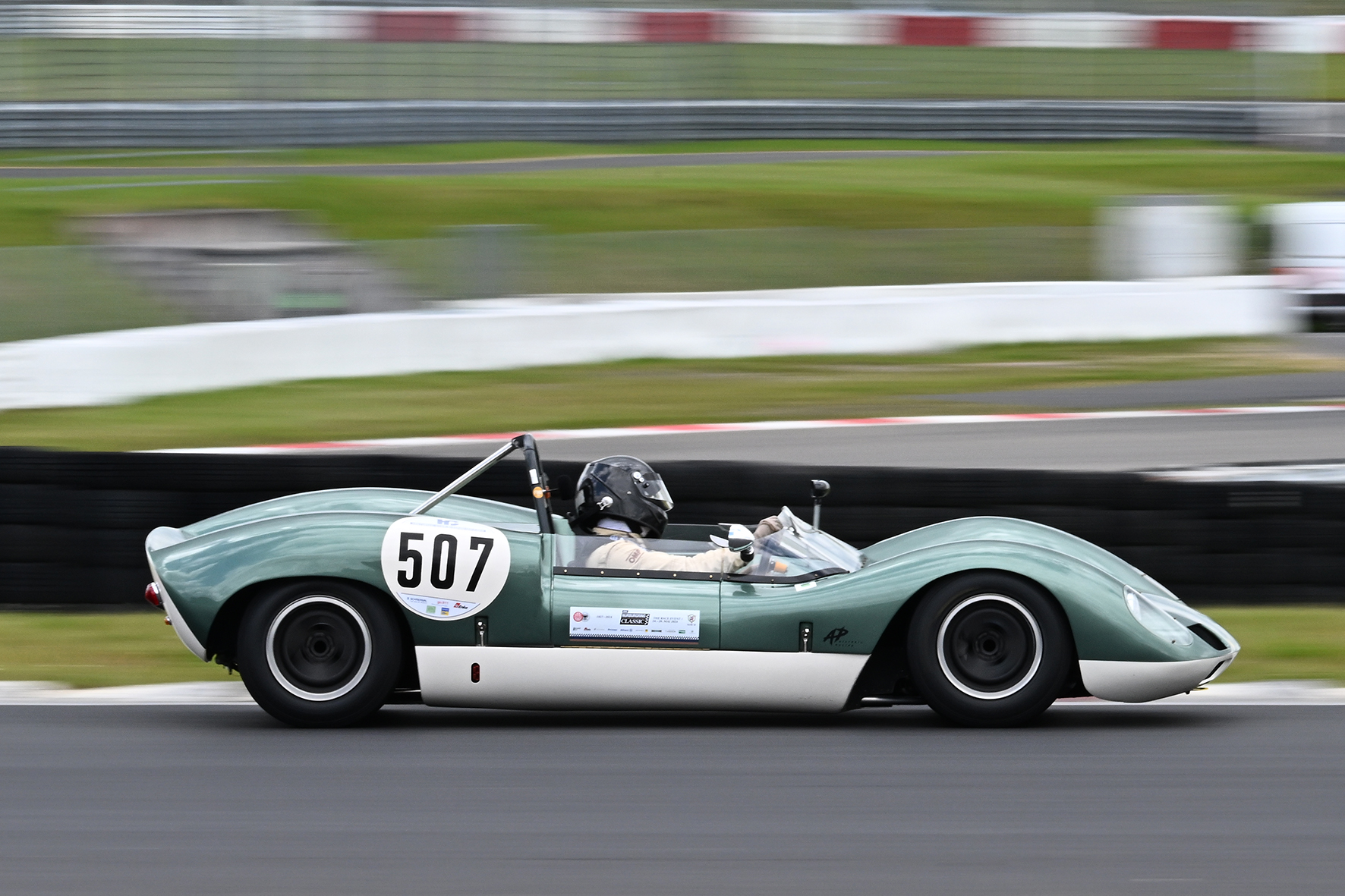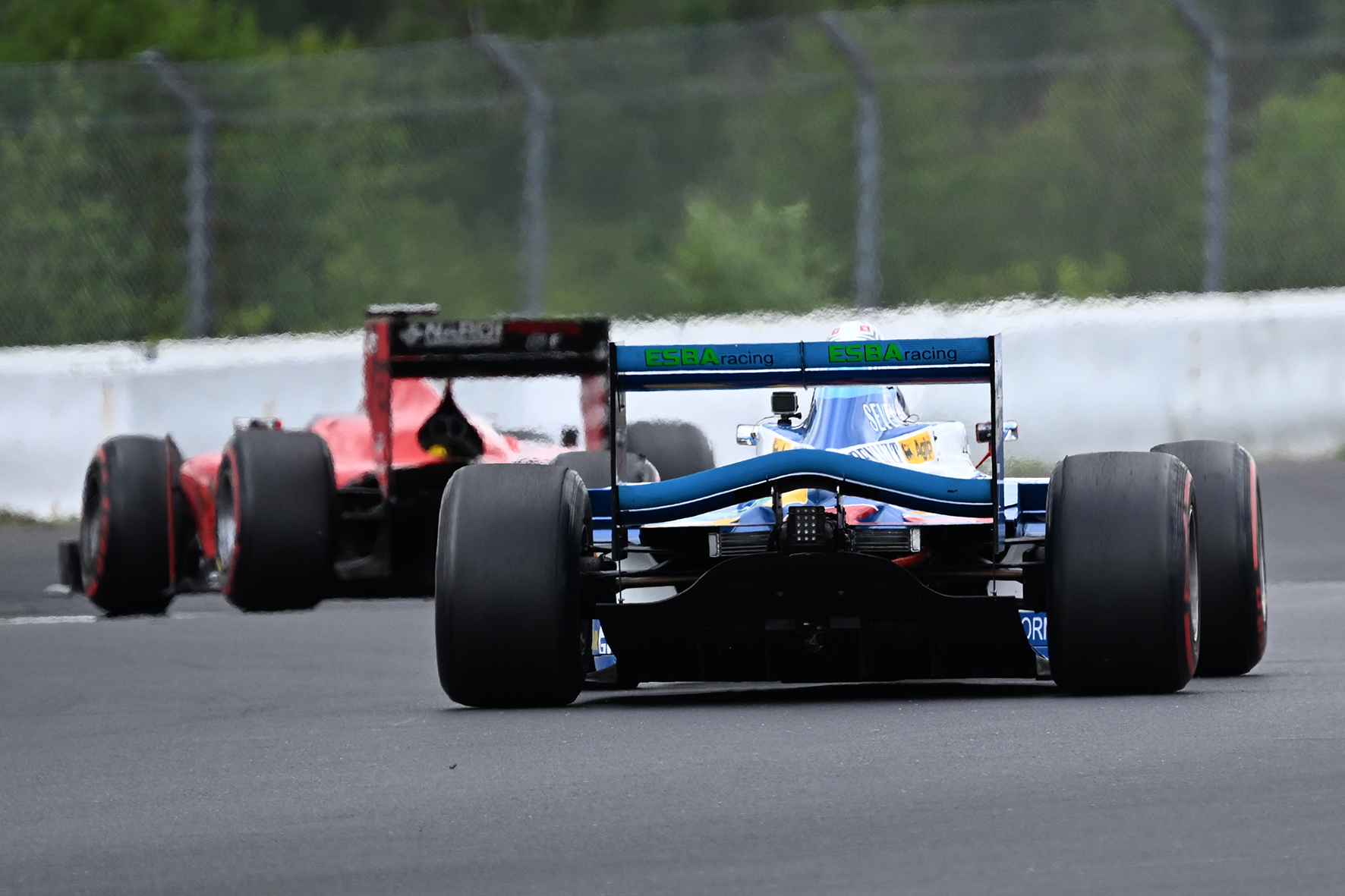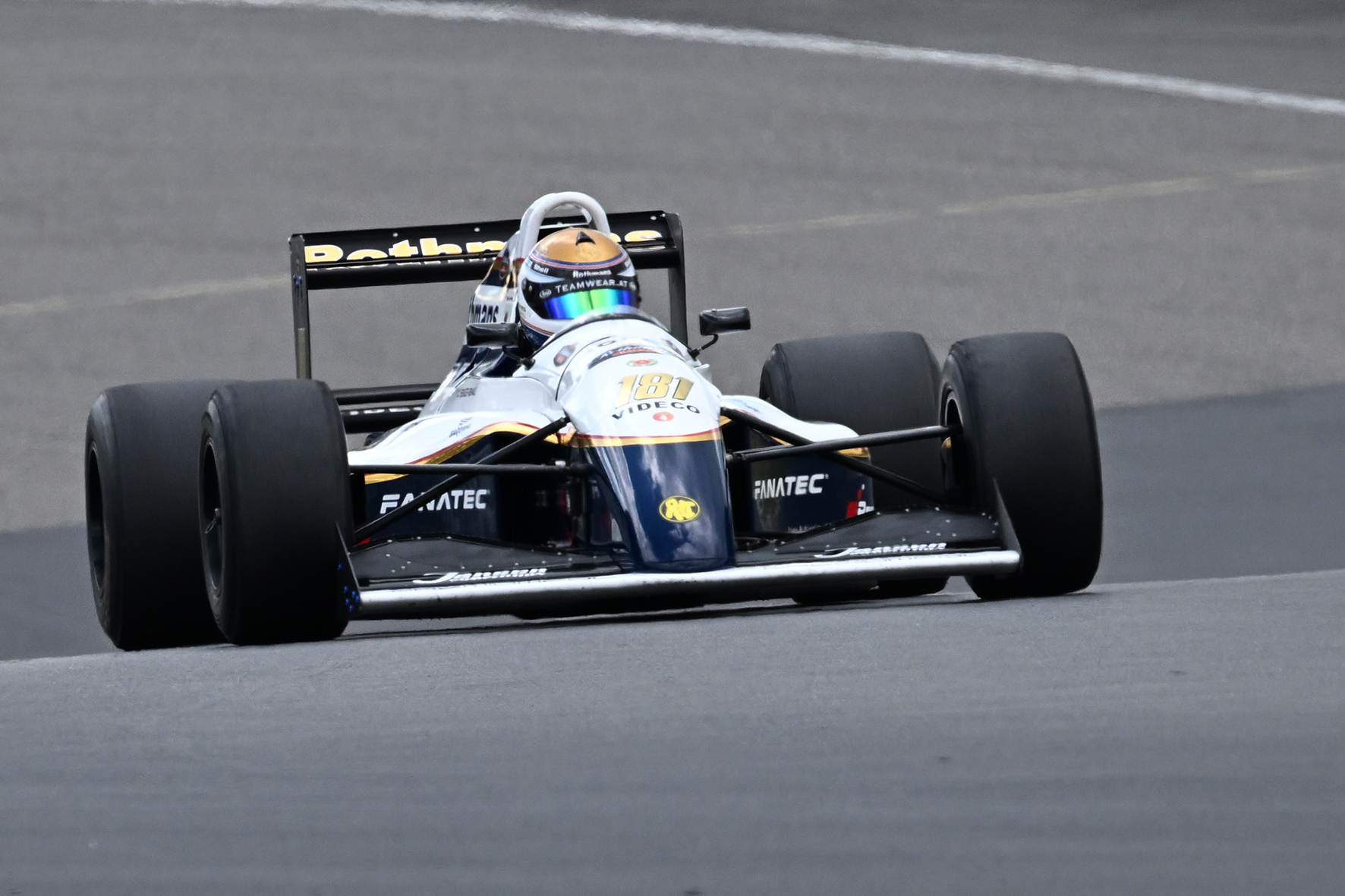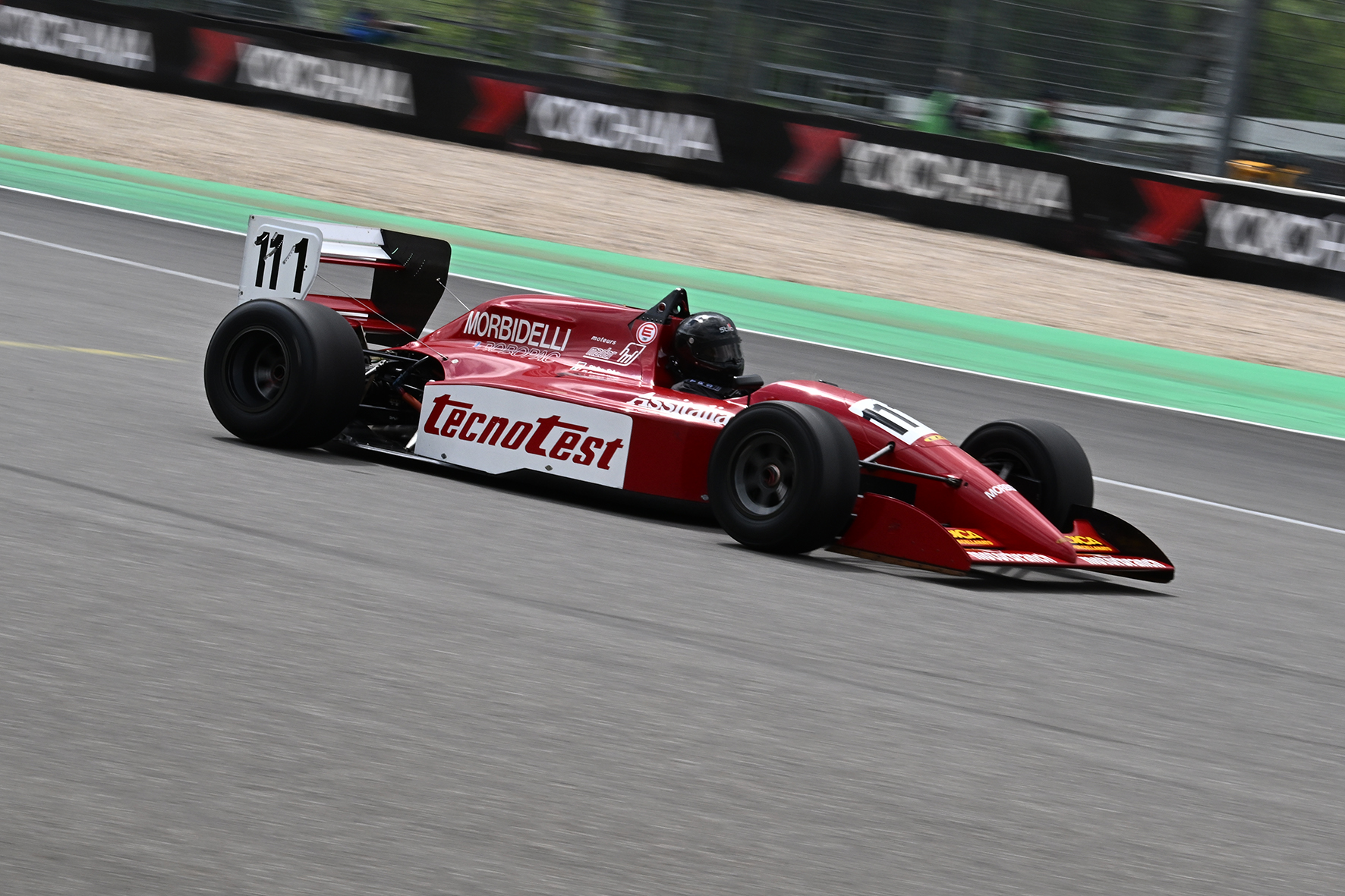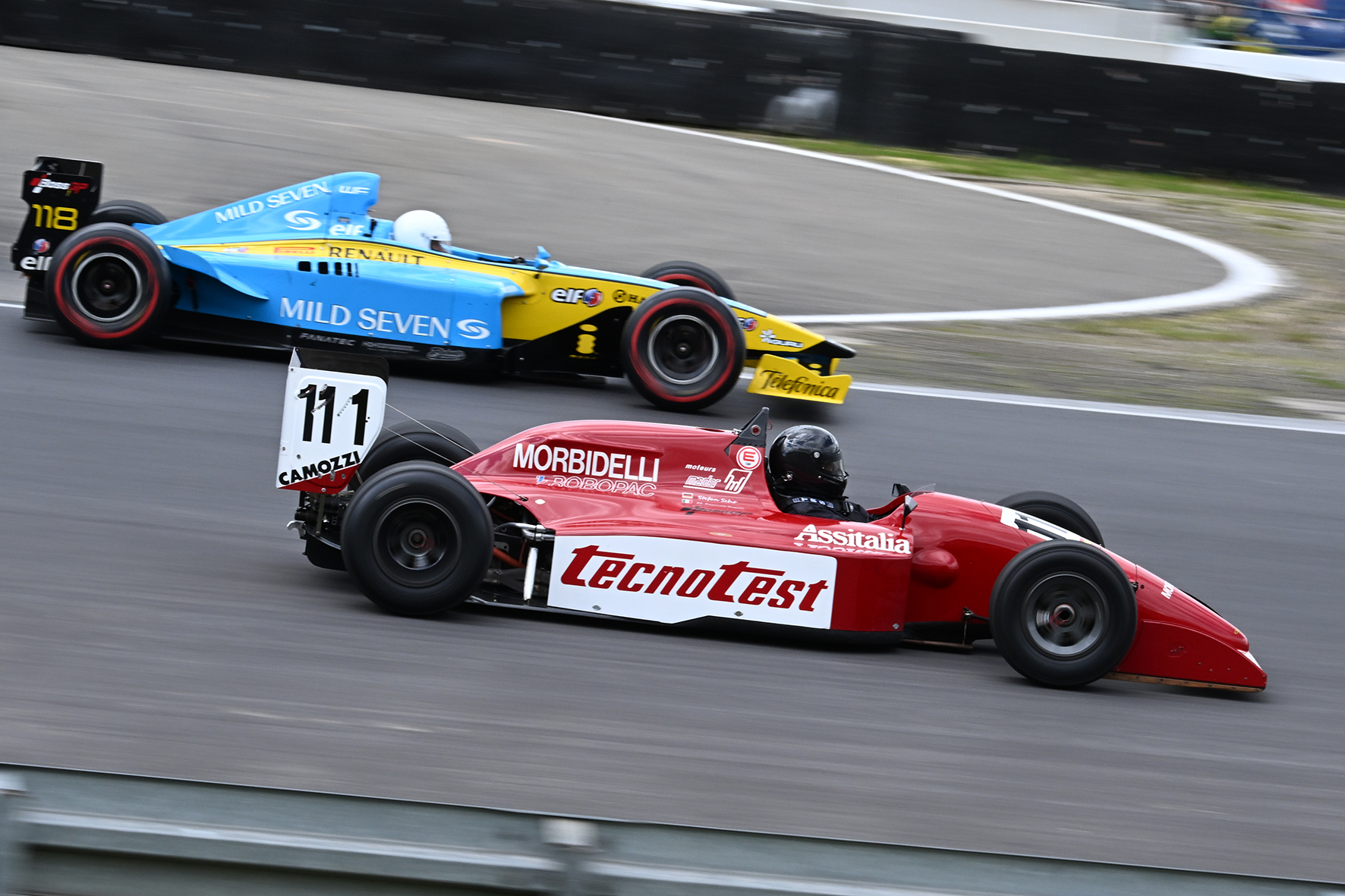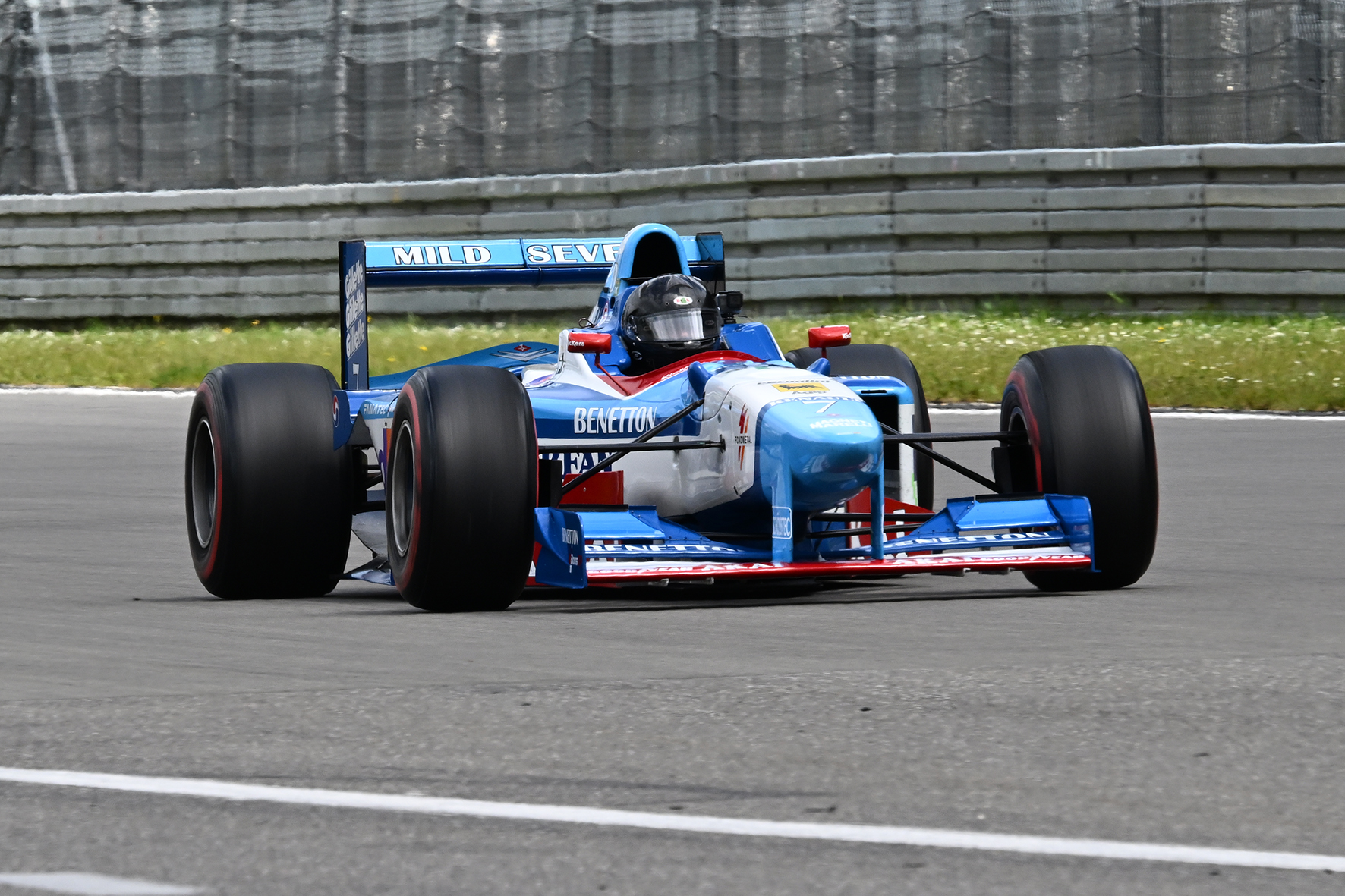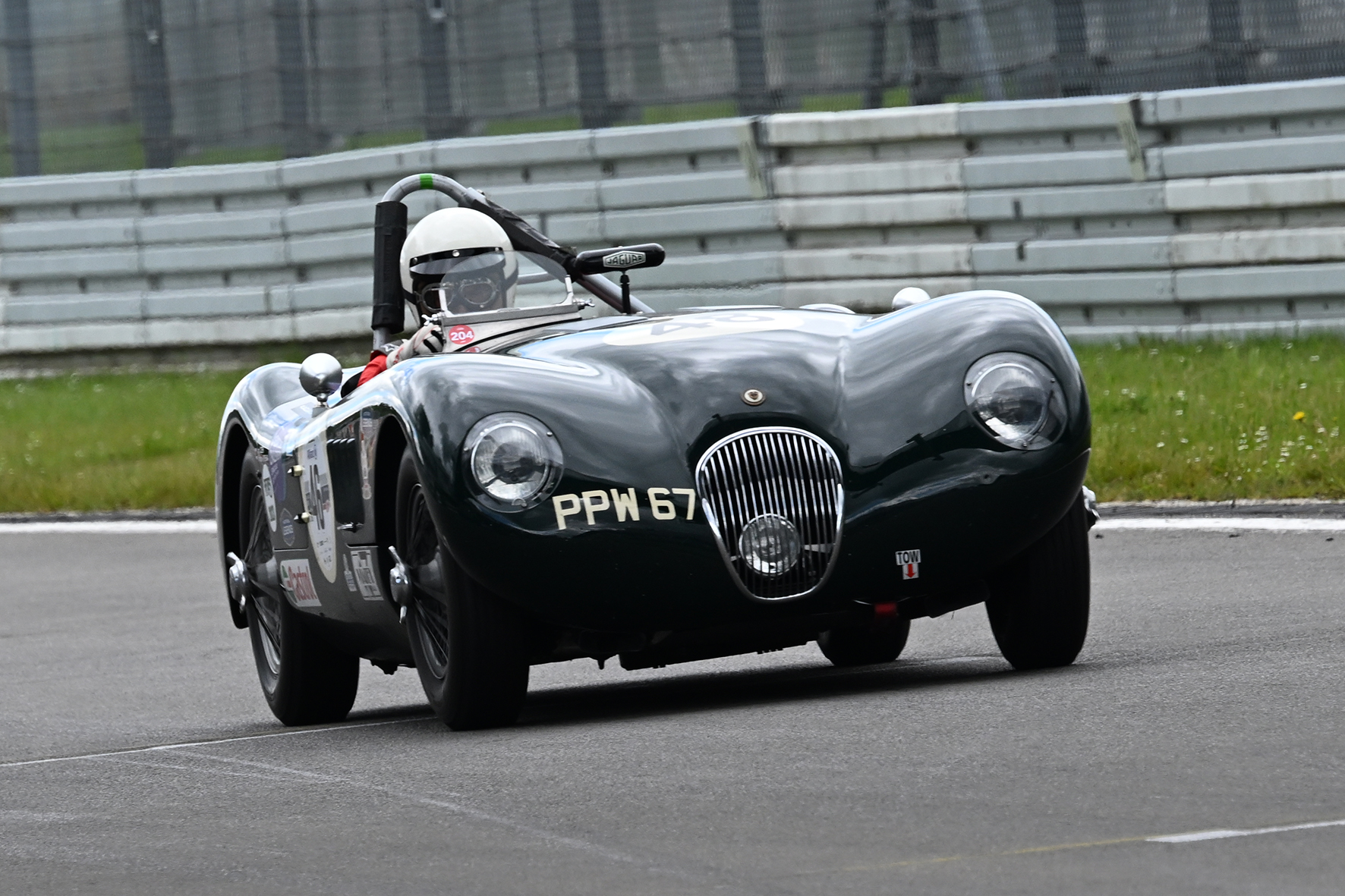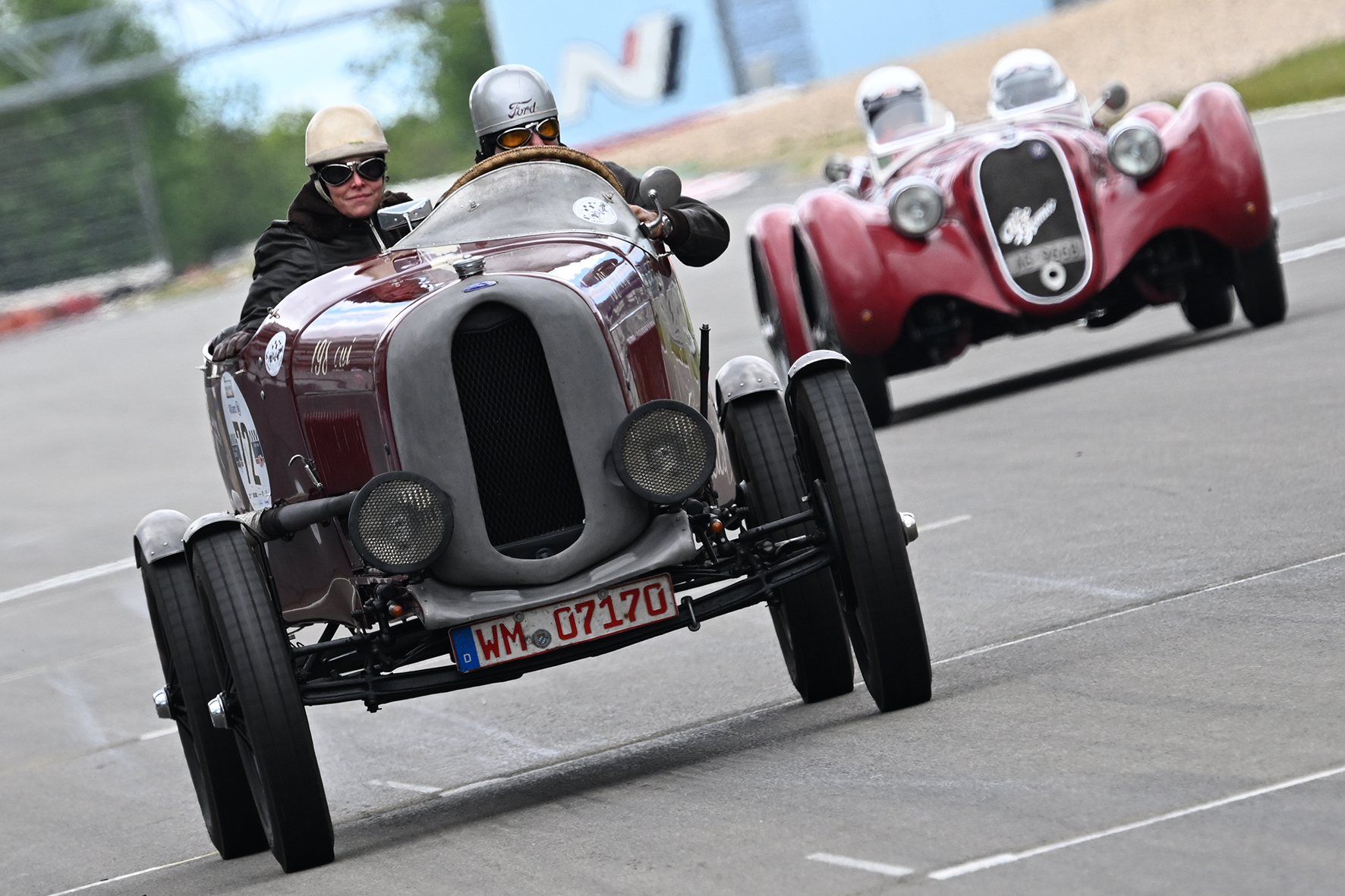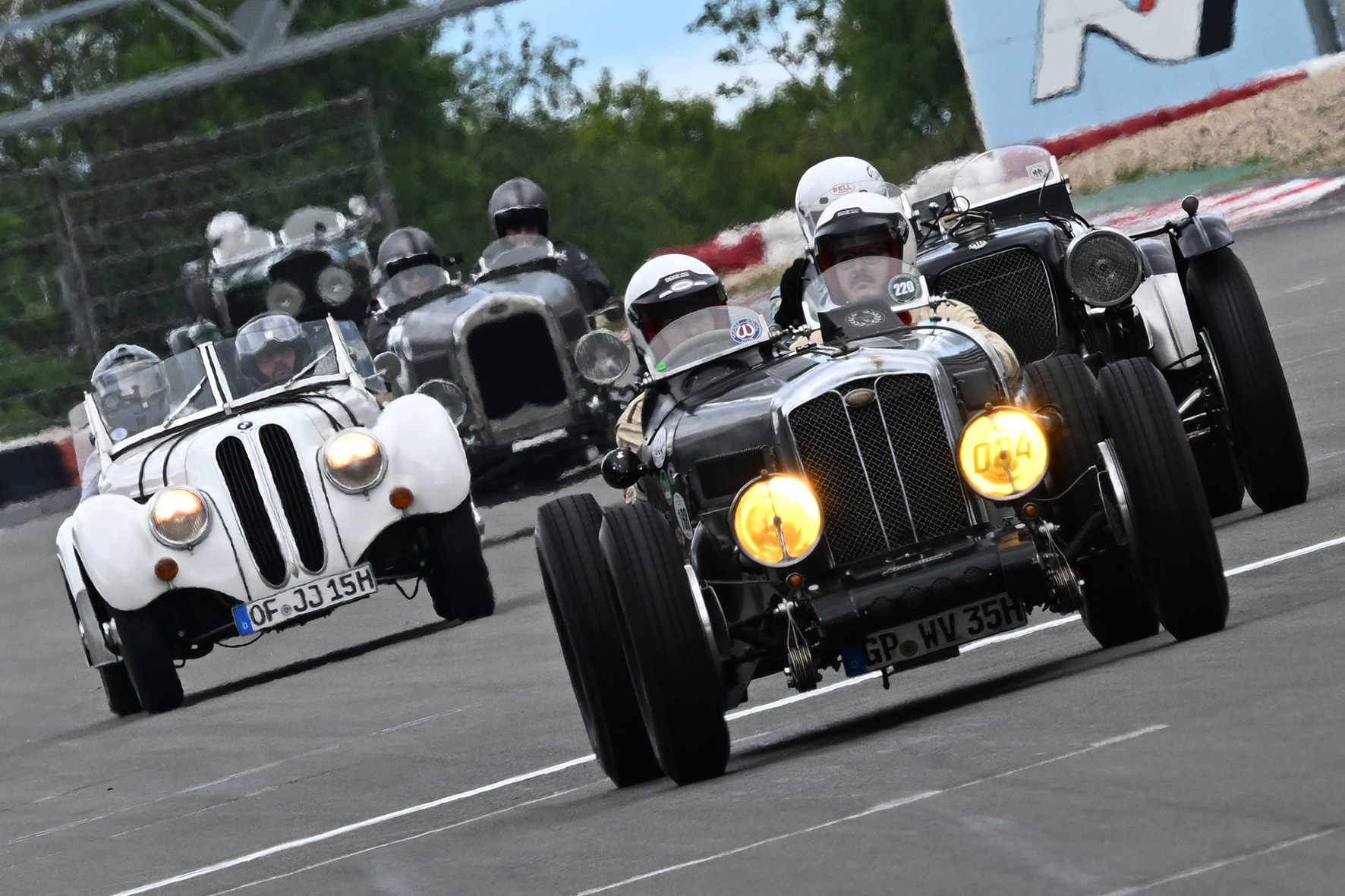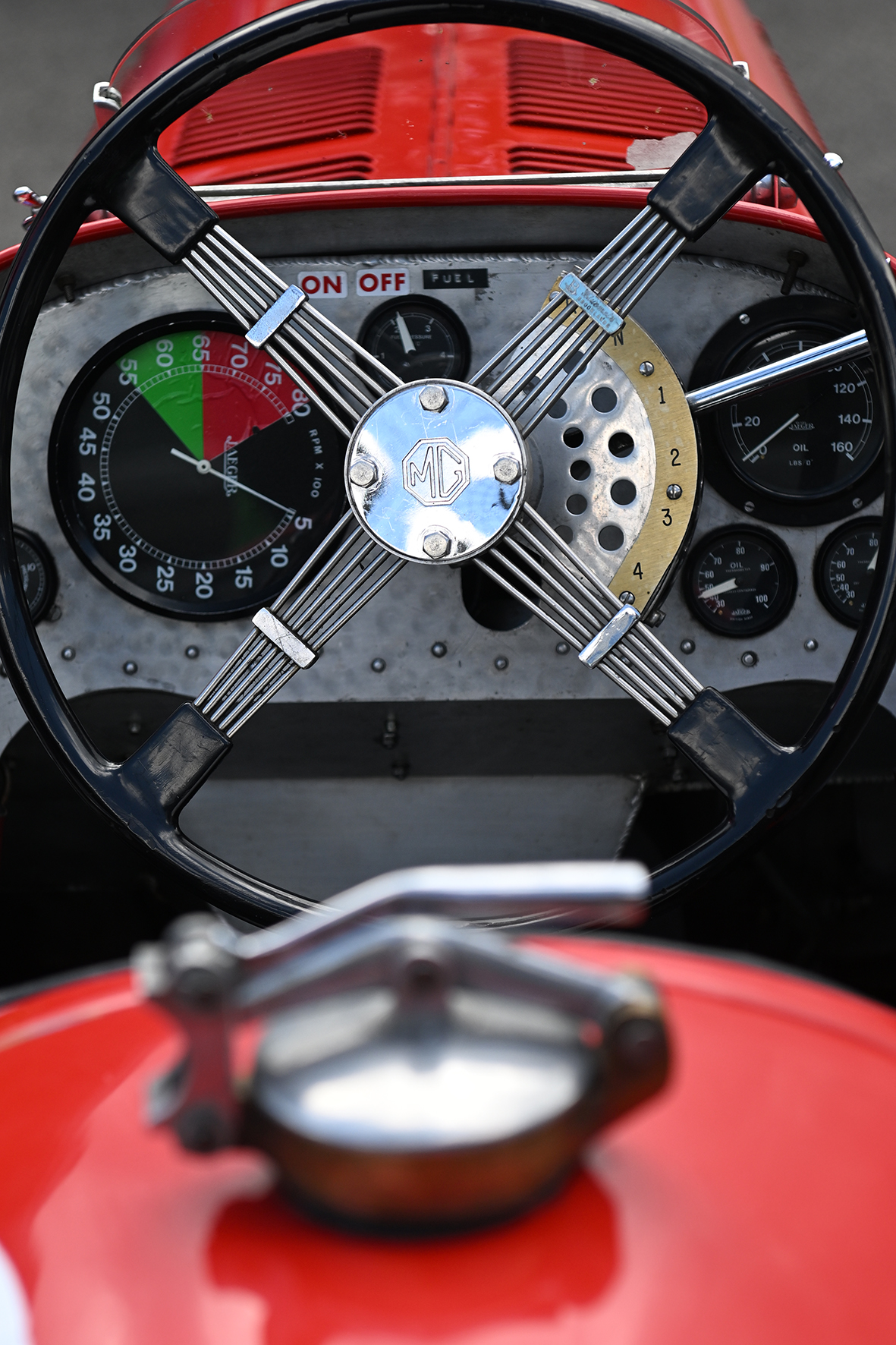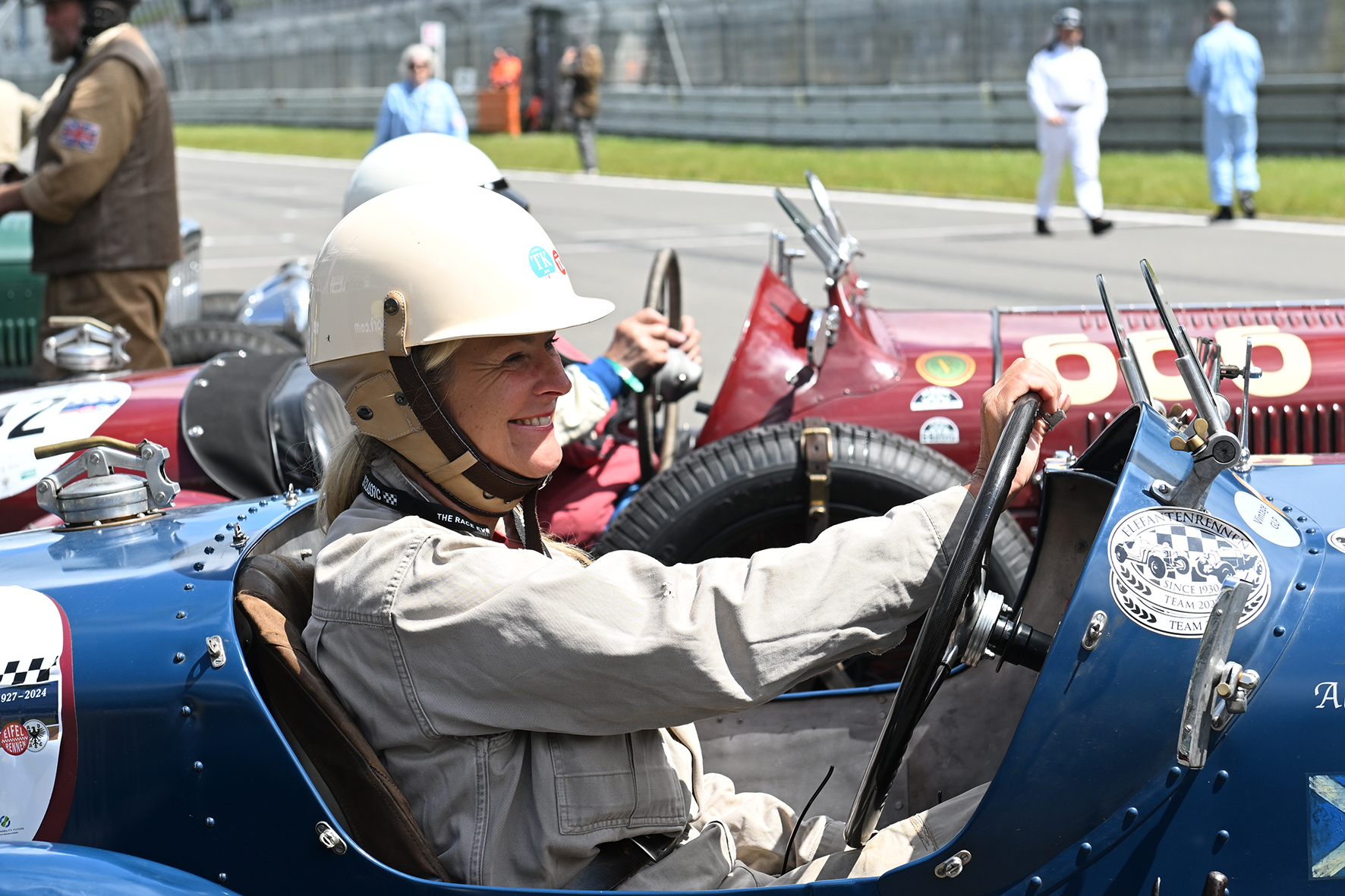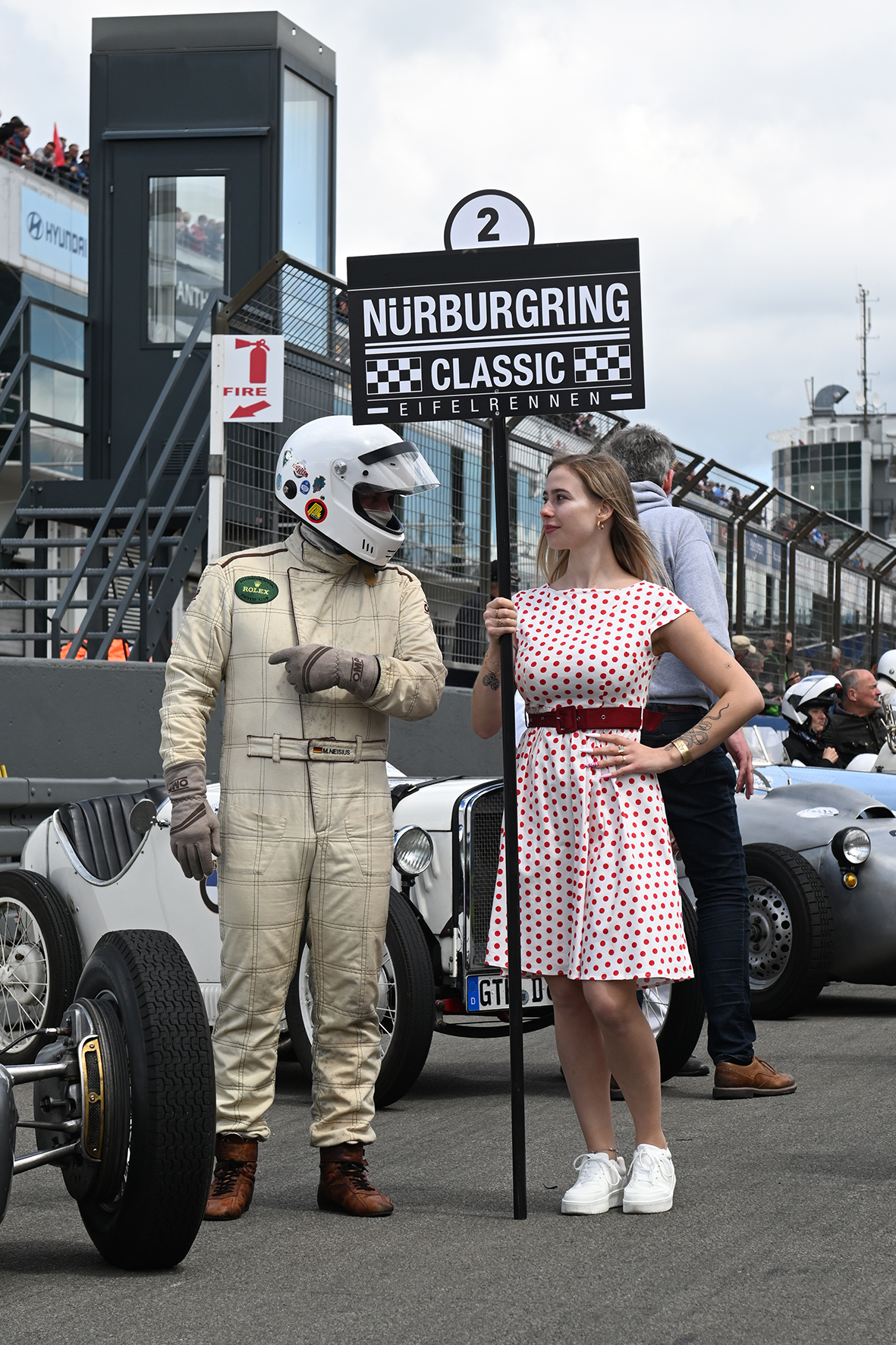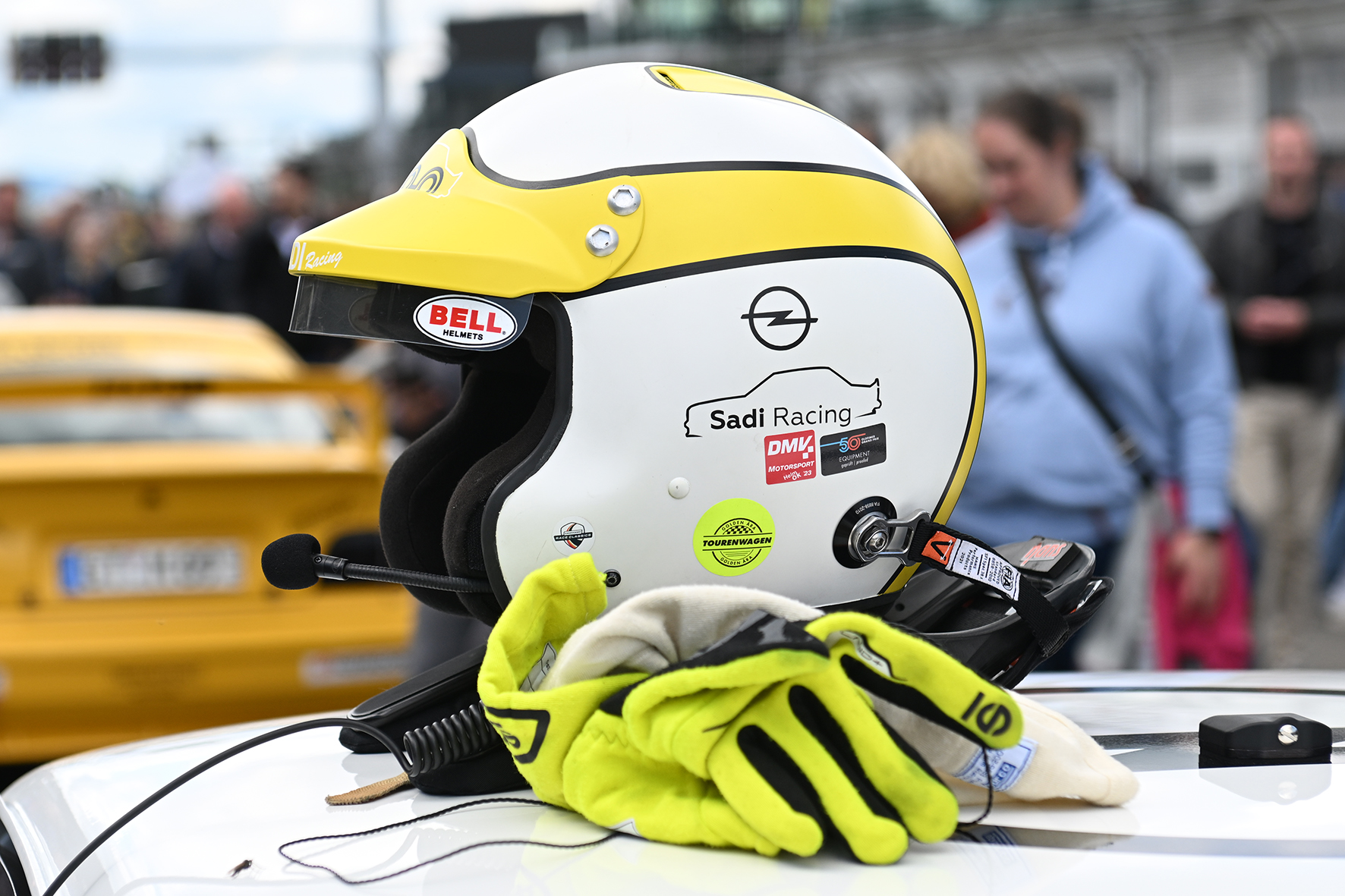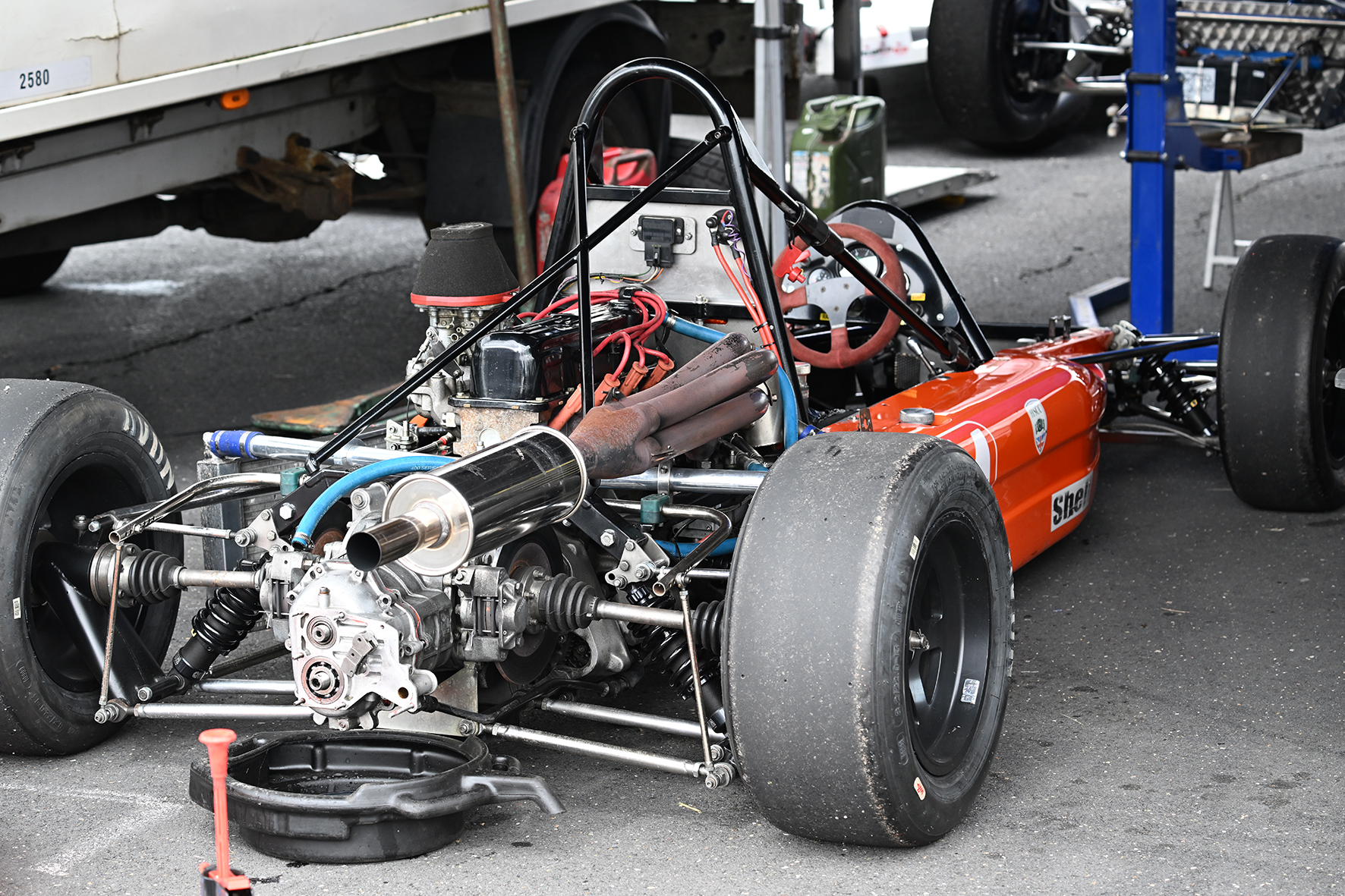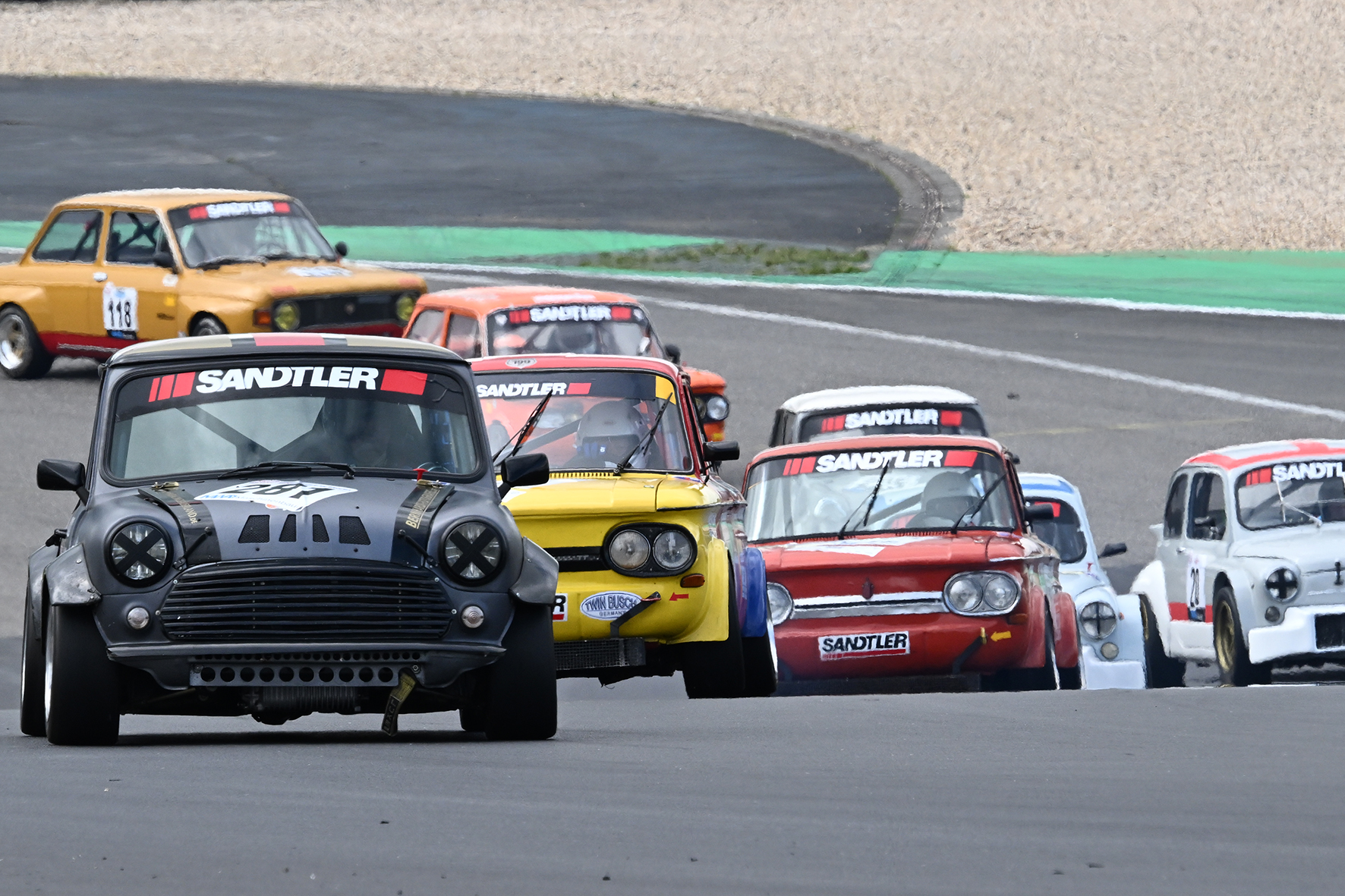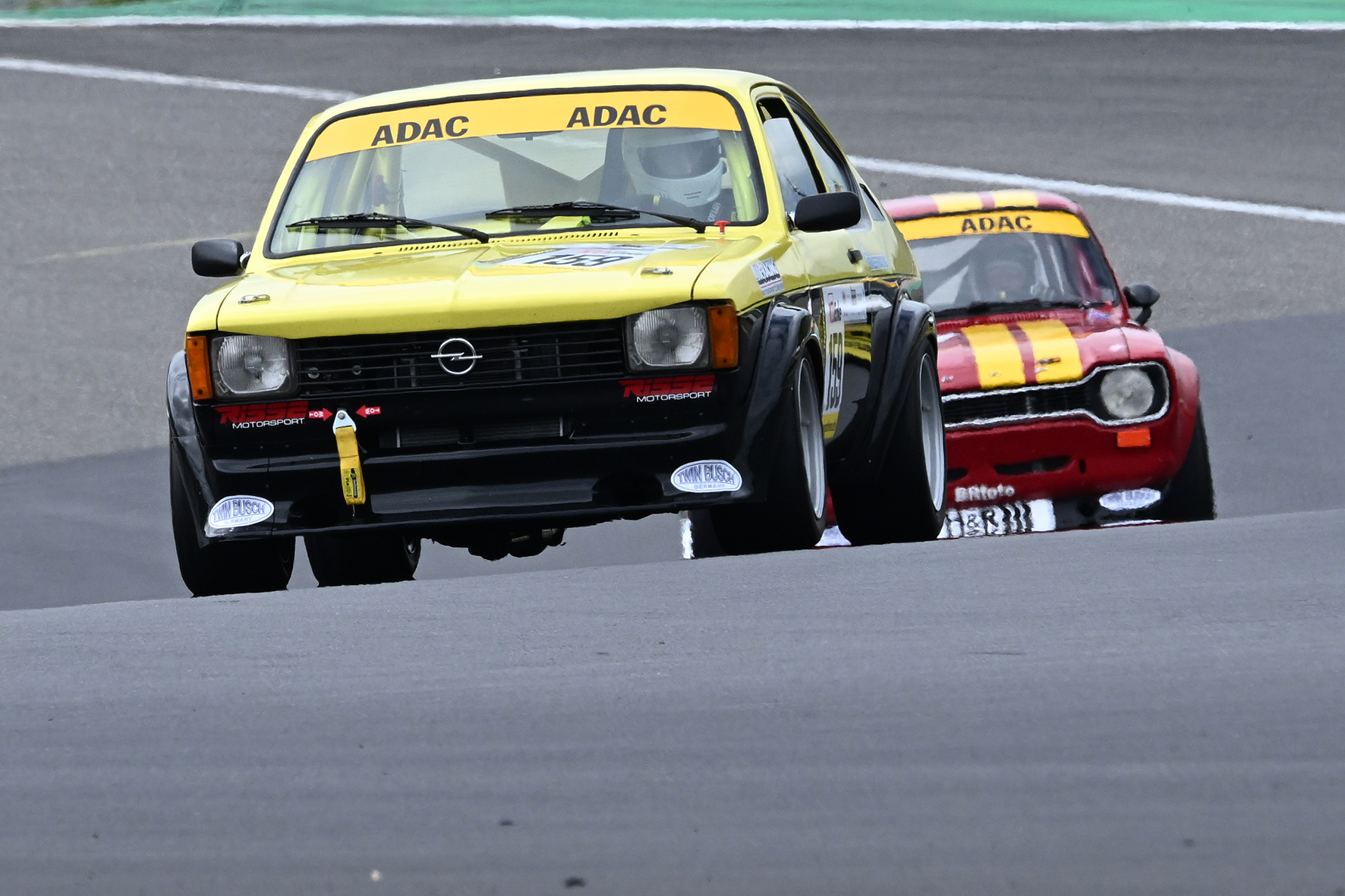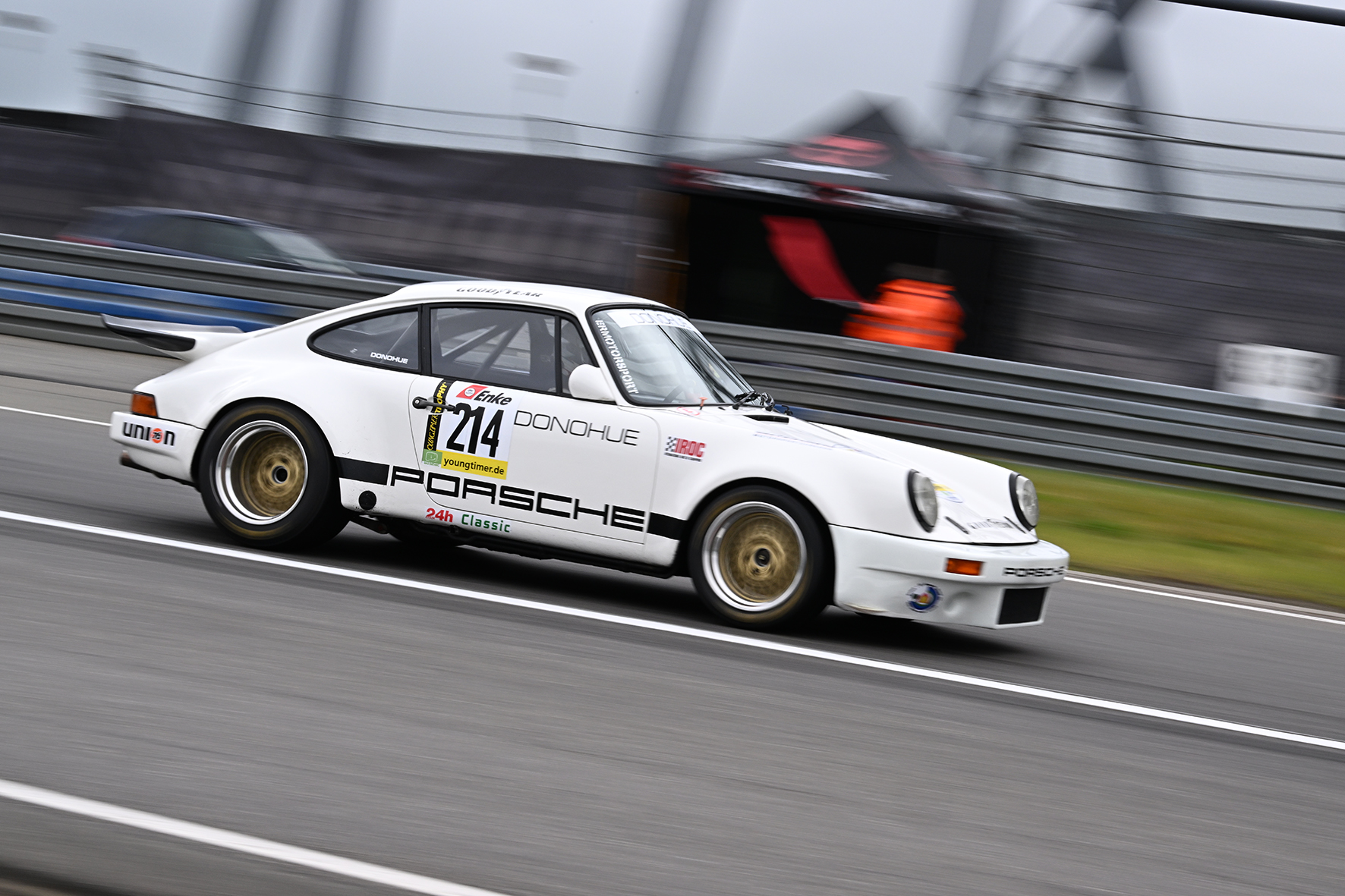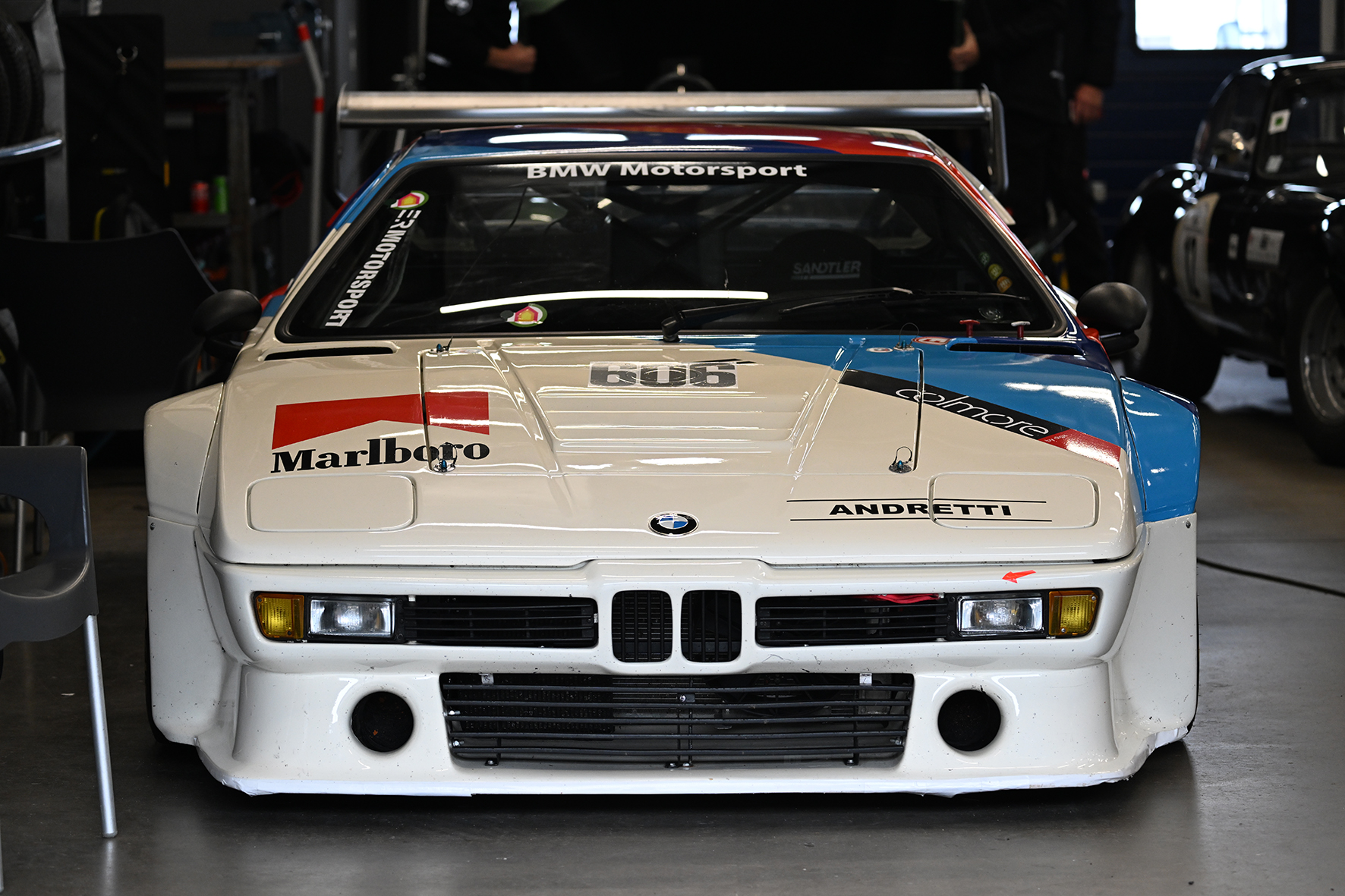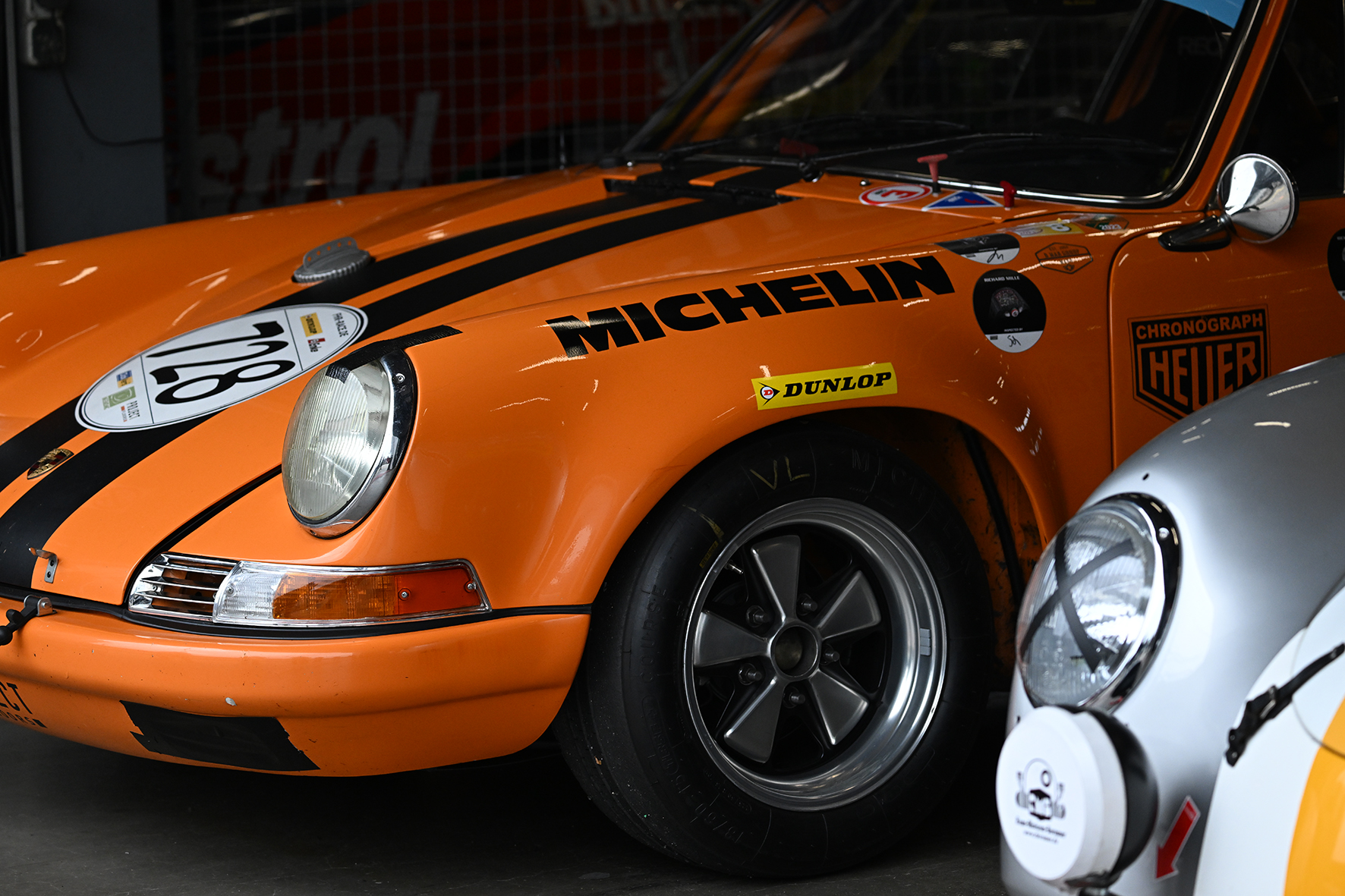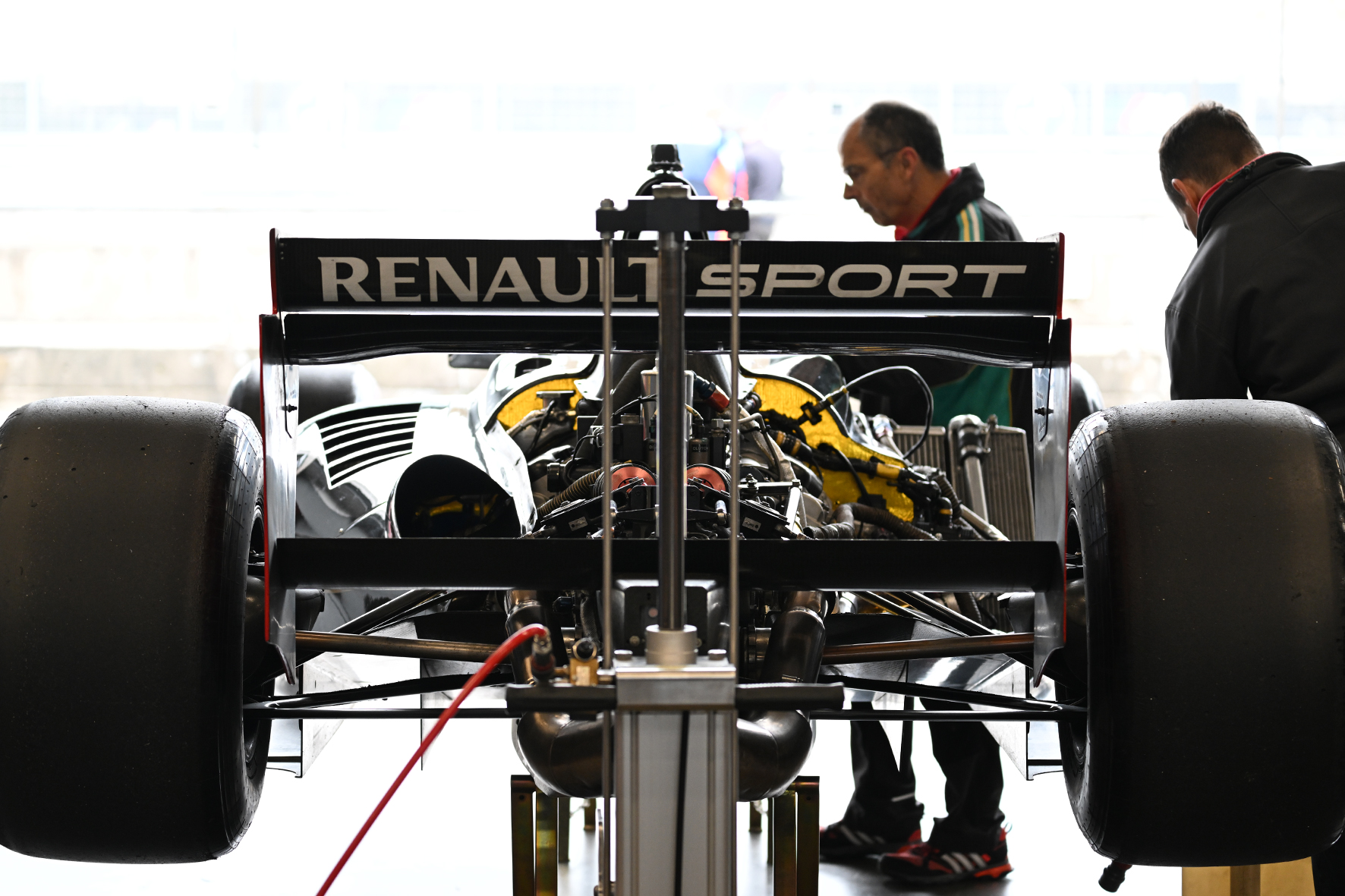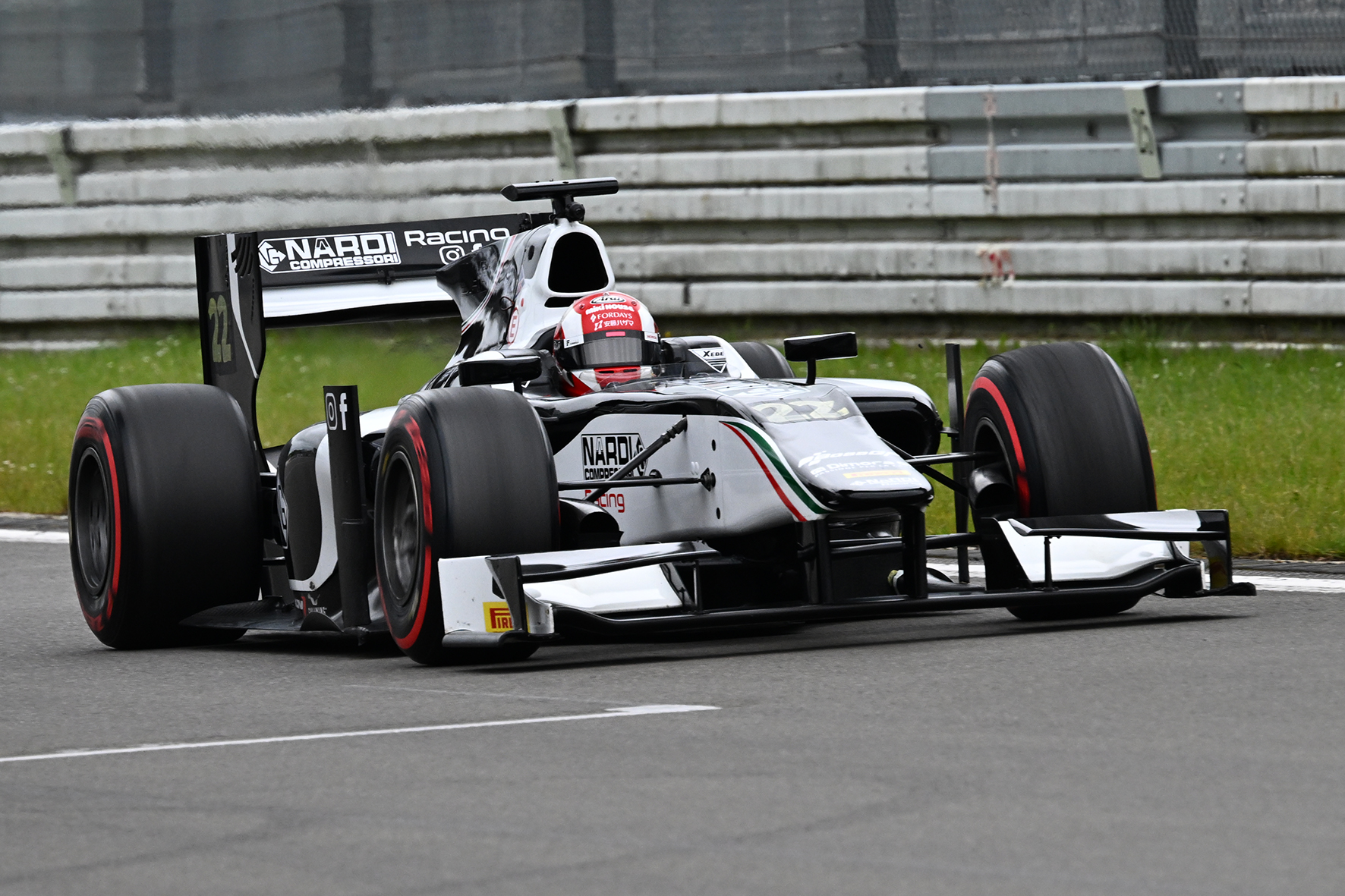The Nürburgring is and will always be a special place with a very special meaning for me. Even though almost everything has changed there, especially in terms of construction, it will always be the race track where I experienced my first car race live, the German Grand Prix in 1976. From that moment on, I was fascinated by experiencing and photographing car races live, on site. Capturing the atmosphere and exciting moments of the race on celluloid or today on a memory card is still a great pleasure for me today.
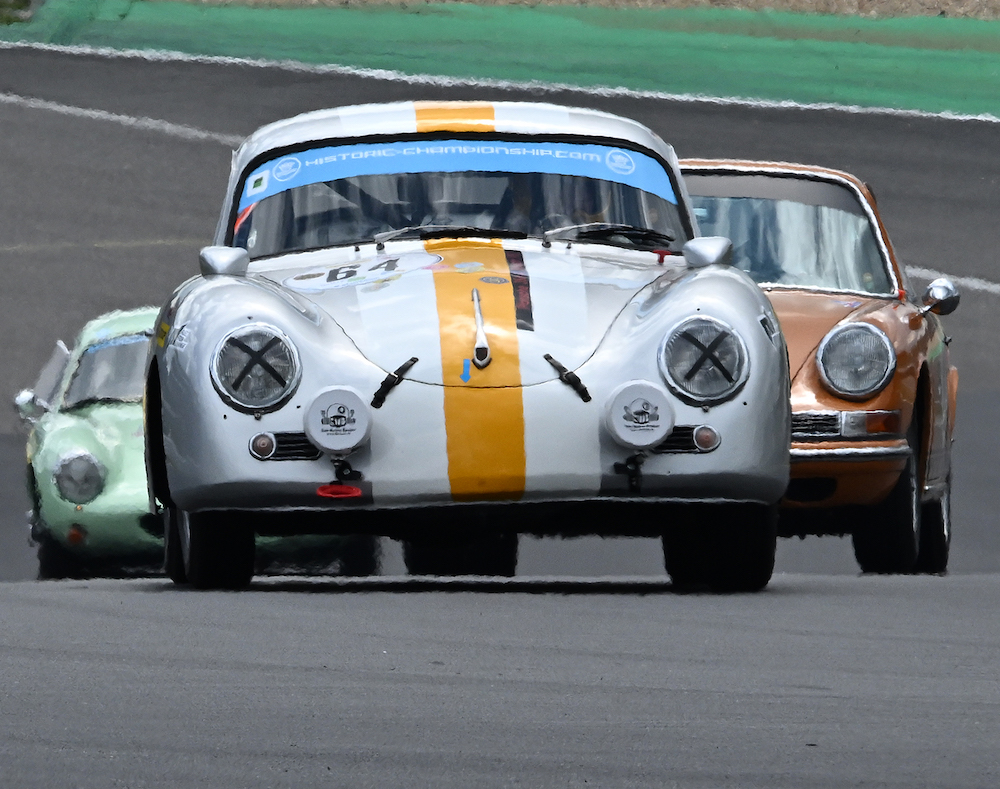
The Nürburgring Classic attempts to transfer a little of this old flair to the present day and to present the Nürburgring as a modern yet traditional venue. Basically, the Nürburgring Classic is a two-part event, just as the Nürburgring has two paddocks. The classic, square lower paddock is traditionally filled with life, action and a special atmosphere by countless pre-war cars. There, you can see the old gems up close, and the drivers and owners are also very happy to provide information and tell the odd anecdote or two. The wonderful pre-war cars also take ‘rides’ on the old 20.8-kilometre Nordschleife, but they also do their laps on the modern Grand Prix circuit.
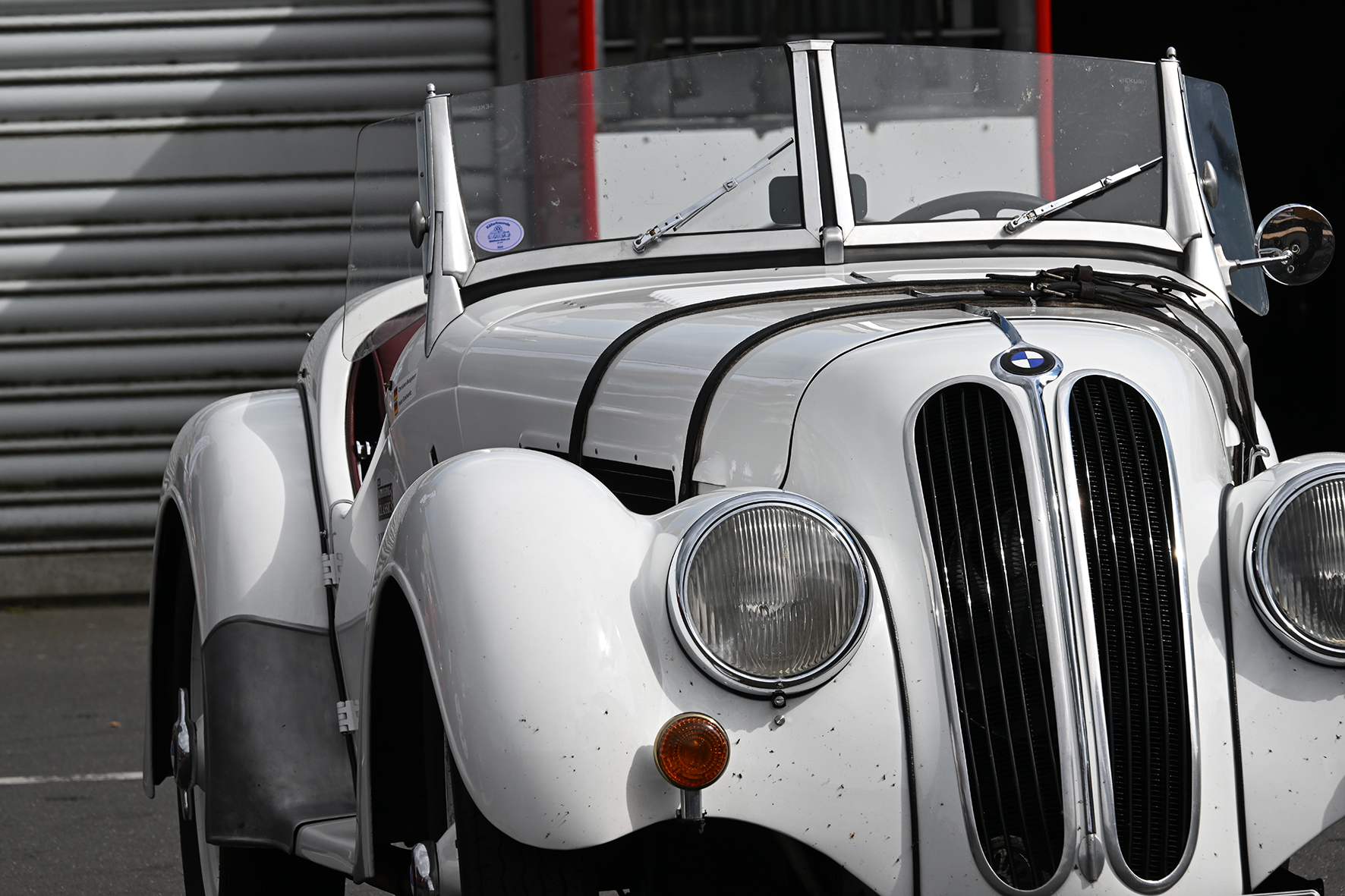
In contrast to the Oldtimer Grand Prix, the Mercedes Arena is also used on the Grand Prix circuit, which leads to new and therefore different photographic angles and perspectives. One highlight was the appearance of the BOSS GP formula racing cars. GP2 racing cars, for example, could also be experienced there. By the BOSS GP’s own admission, this is the fastest and loudest racing series in historic motorsport. It is quite a colourful starting field, they were certainly loud and fast, the fastest of the whole weekend. Incidentally, the abbreviation BOSS stands for Big Open Single Seaters. There are four classes: The F1 class is the premier class in which Formula 1 cars from the 1996 season onwards are eligible to compete. The OPEN class is home to IndyCars, ChampCars, as well as tuned Formula 2 and World Series cars. There is no displacement limit for the engines – ‘anything goes’ is the motto here. Racing cars from the categories Formula 2, GP2, AutoGP, A1 GP, Superleague Formula and the World Series by Renault 3.5 start in the FORMULA class. The engine capacity limit in this class is set at a maximum of 4.2 litres.
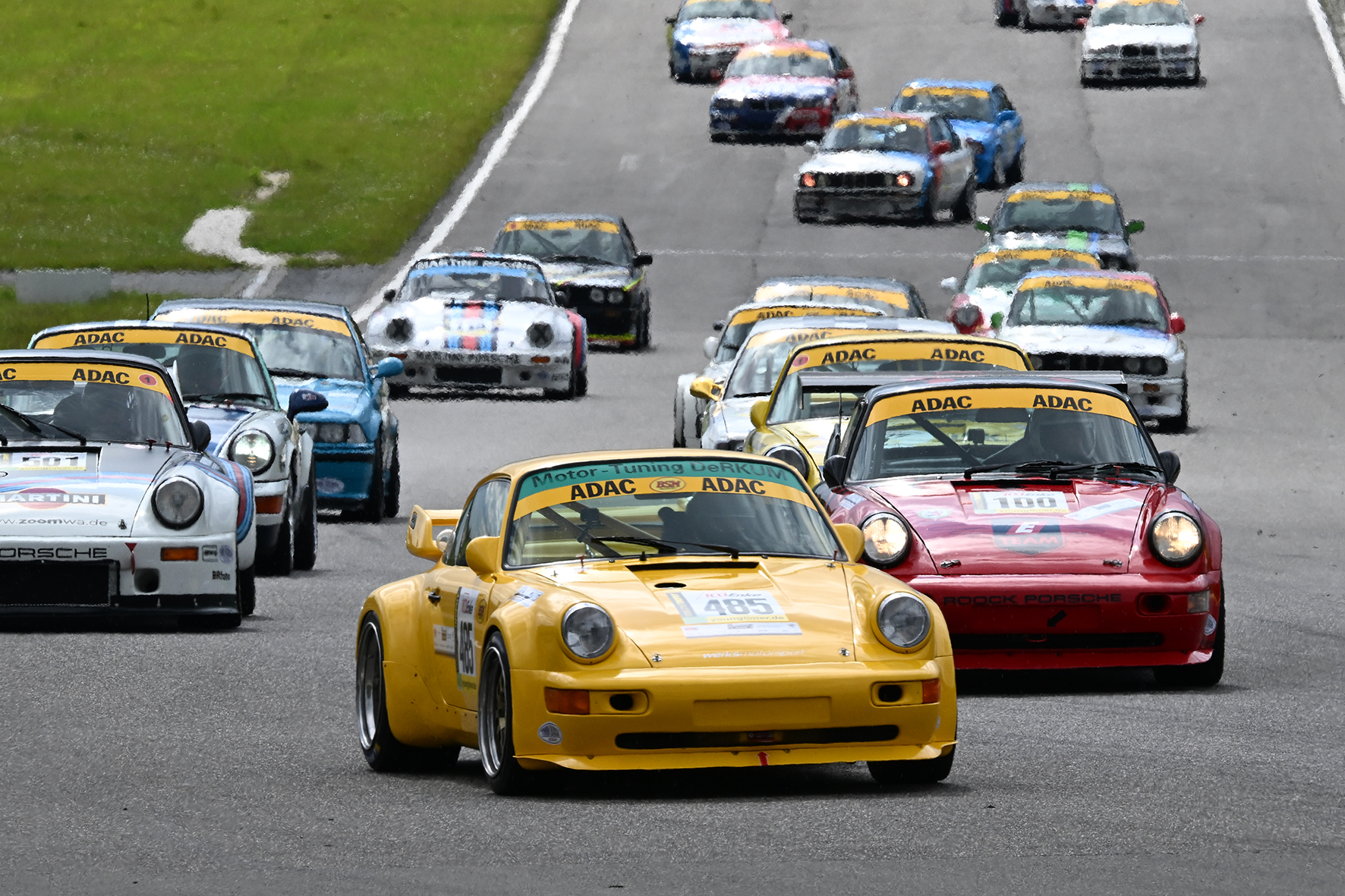
Apart from that, the Nürburgring Classic also stands for the youngtimer racing scene and these racing cars will soon no longer be called youngtimers either. One race was dedicated to the golden era of touring cars with DTM, STW and DRM touring cars.

For me, however, the most extraordinary event was the ‘Battle of the Dwarves’. A really huge starting field led by countless NSU TT Prinz in all possible colours and liveries, including Autobianci A112, FIAT 127, SIMCA Rallye, FIAT-Abarth 850C and 1000TC. The extremely exciting and informative website for these small, fast racing cars is kampf-der-zwerge.com.
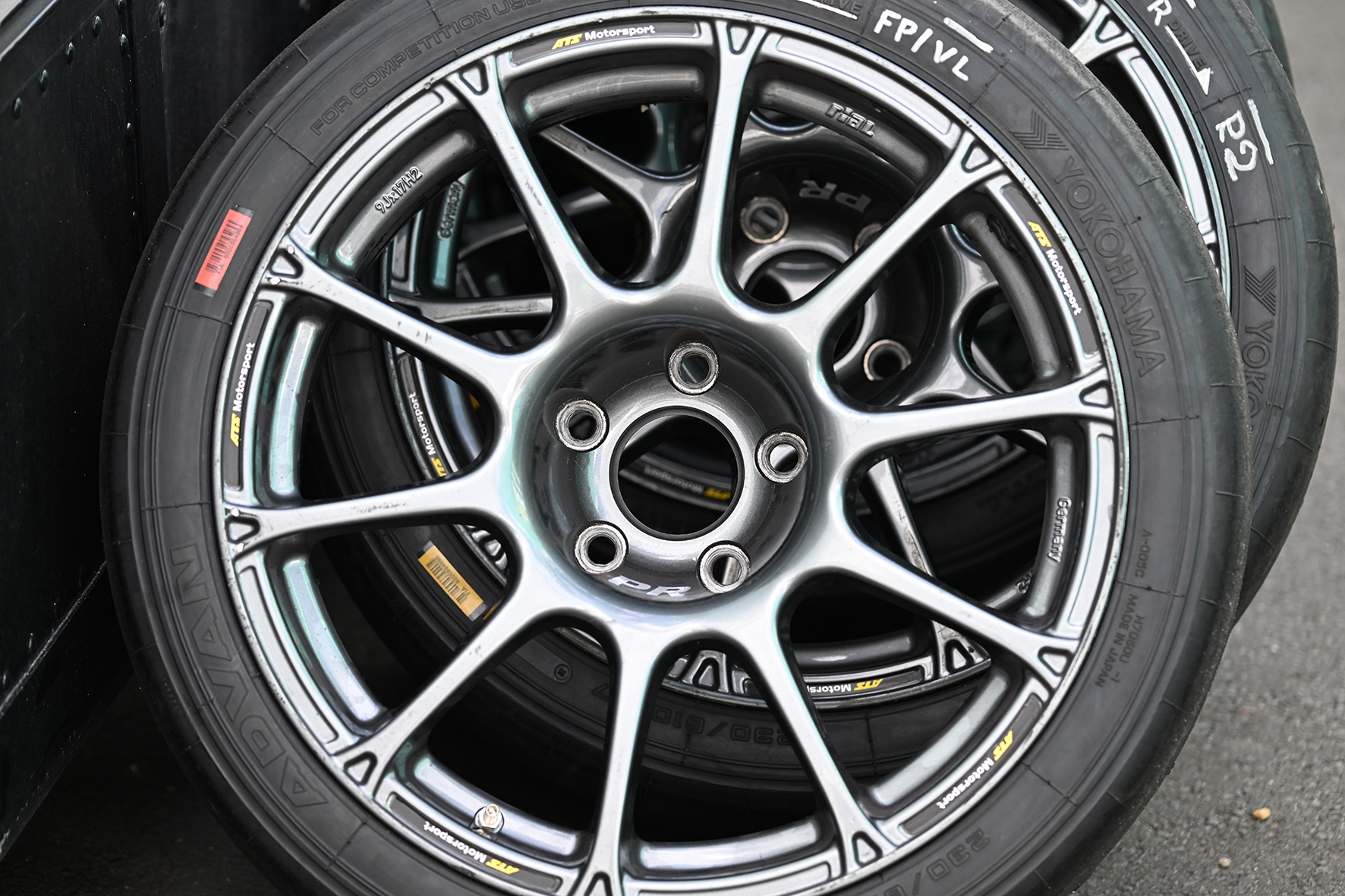
The races of these small touring cars with a maximum displacement of 1300 cc are always close and full of competition. The name ‘Battle of the Dwarves’ says it all. There is always contact with the enemy. I find that extremely fascinating. After all, you might think that these touring cars are just slow with their not exactly lavish engines with their small displacement and manageable horsepower. But these marvellous little racers hardly weigh a thing and are very easy to handle. I really like this starting grid of ‘dwarves’, as it reminds me a little of the Matchbox model cars of my childhood.
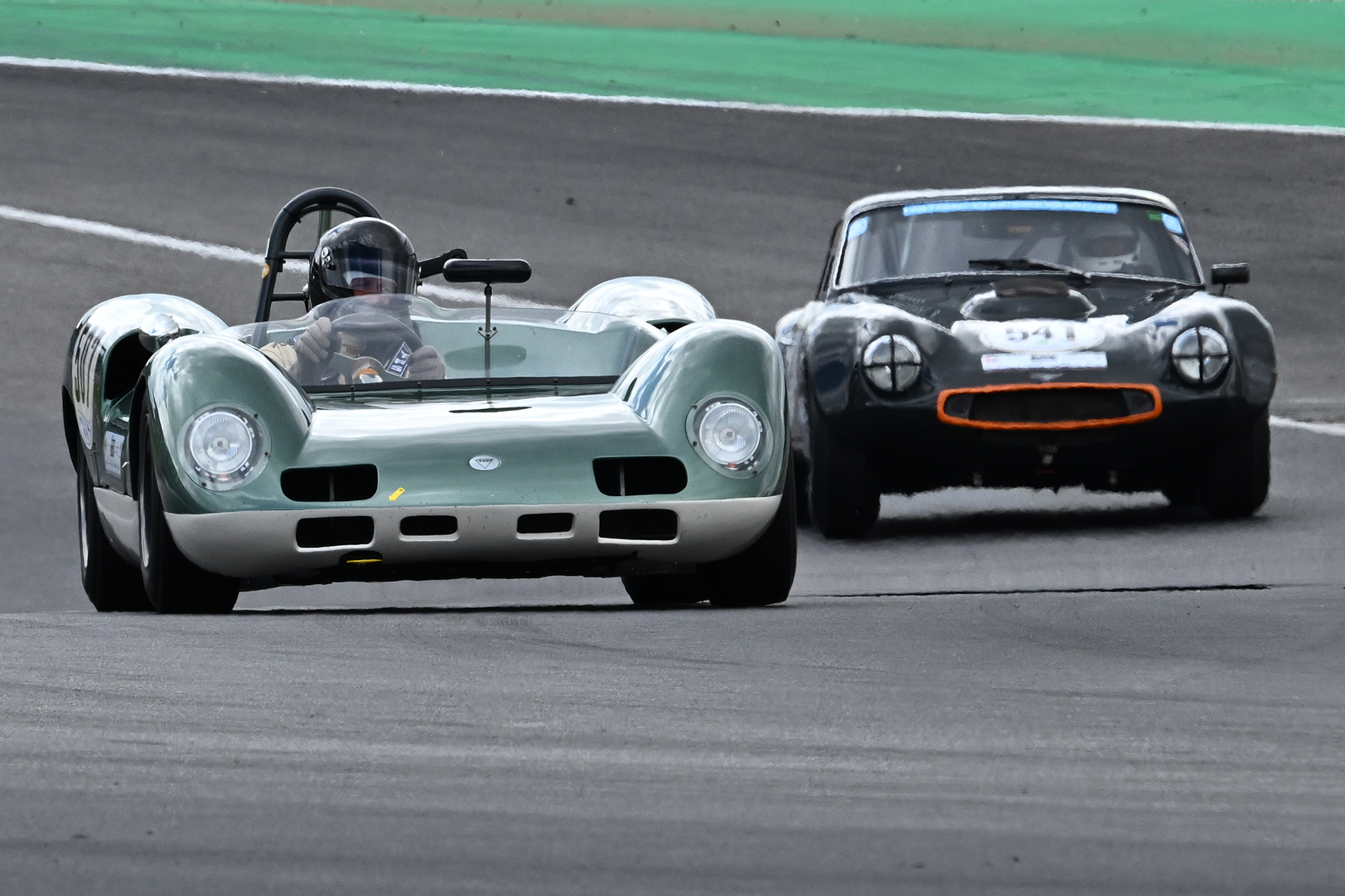
There was plenty on offer for the numerous spectators. For example, there was a grid walk for everyone three times with the corresponding gird girls in beautiful spotted summer dresses. At the BOSS GP, the race of the Golden Era of touring cars, in which Kris Nissen competed in a BMW, and the pre-war cars with a Le Mans start, all spectators had the opportunity to view and experience the start preparations on the track at close quarters. There were certainly more mobile phone photos taken there than by all the press photographers put together. But that’s exactly what these grid walks are made for. To produce beautiful memories even for the very youngest spectators. Racing cars simply fascinate beyond the boundaries of age.
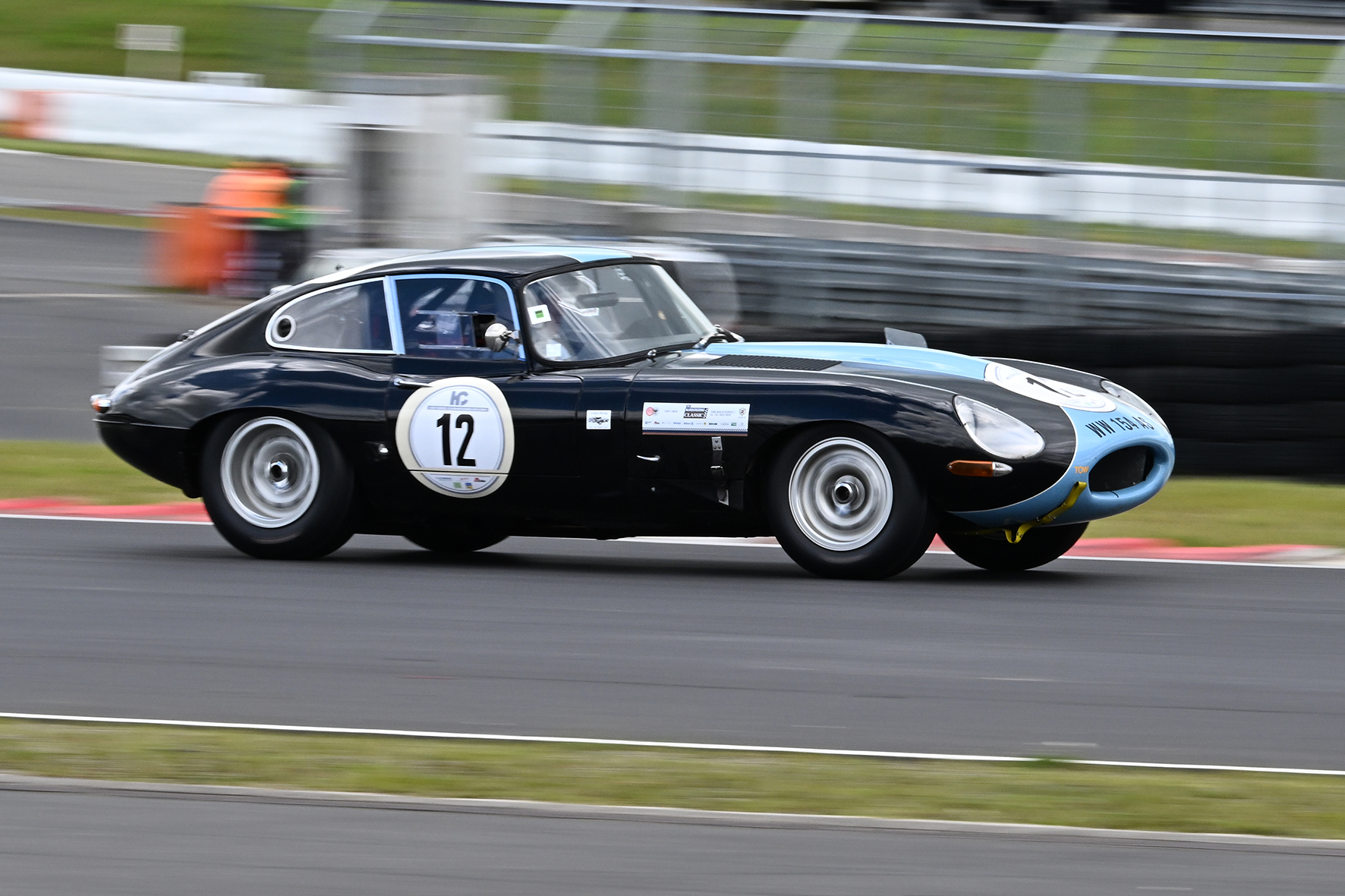
And the Nürburgring Classic does everything in its power to preserve this unique cultural asset and bring future generations closer to historic motorsport. This is achieved in an impressive way every year, both on the Grand Prix circuit and in the old paddock. The Nürburgring is and remains one of the most beautiful and best addresses in motorsport, for me anyway due to its special significance. Find out more about our photographer Ralph Lüker.
